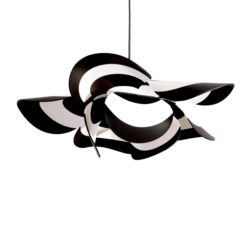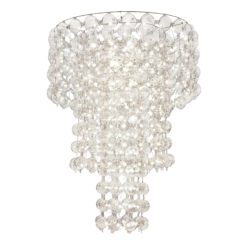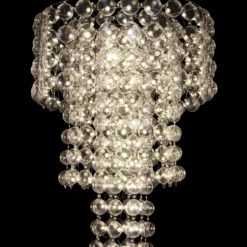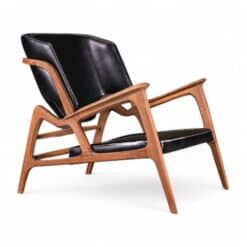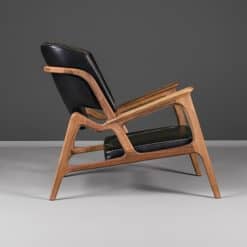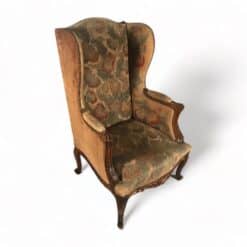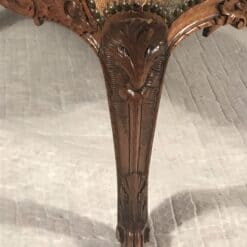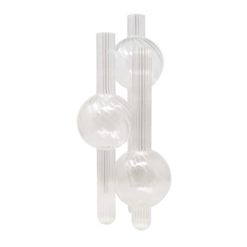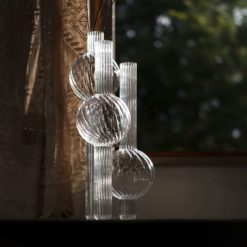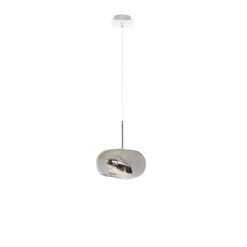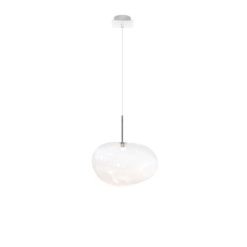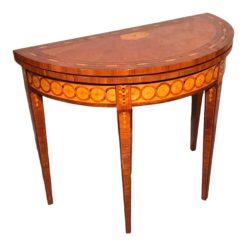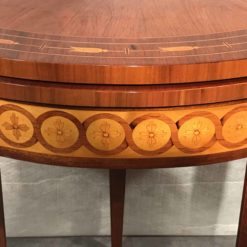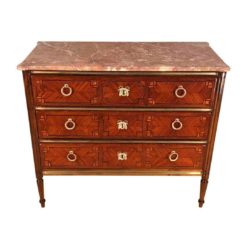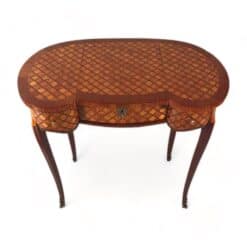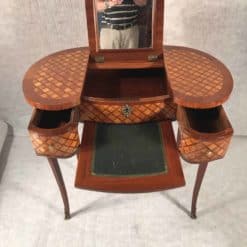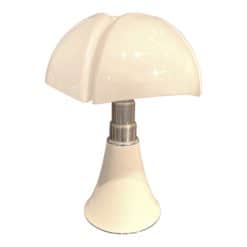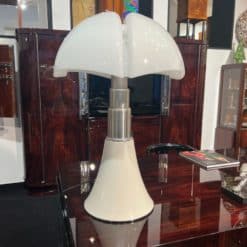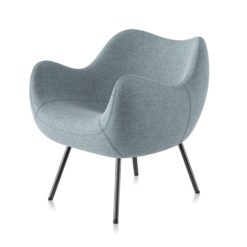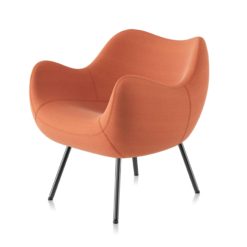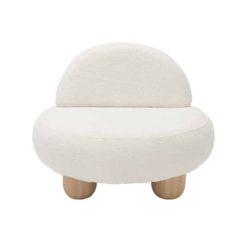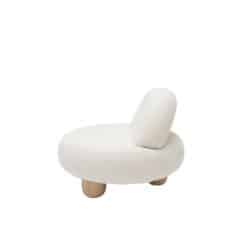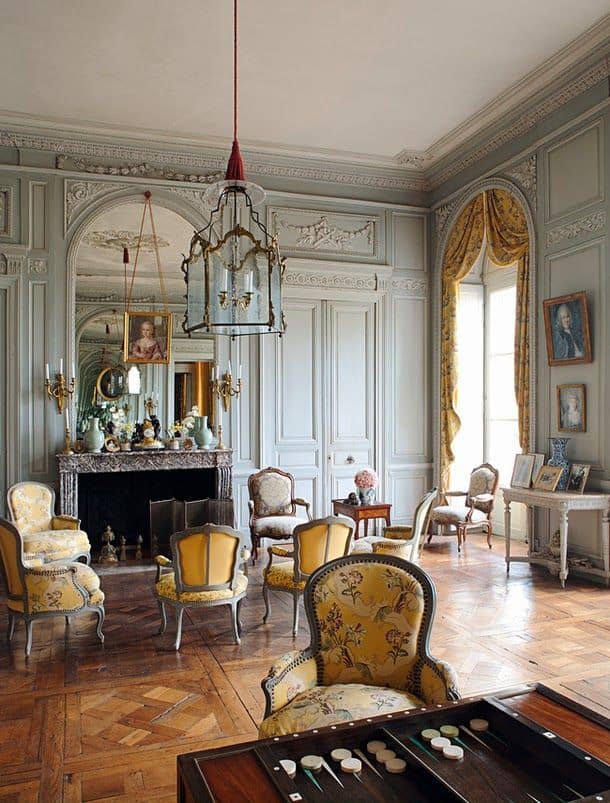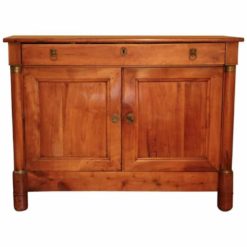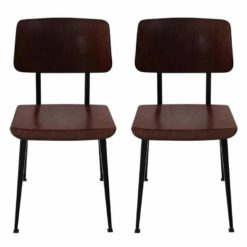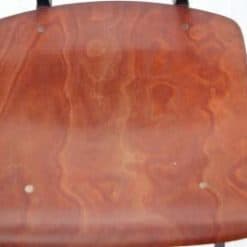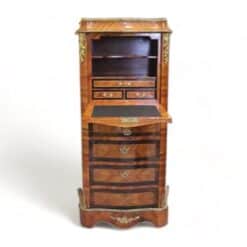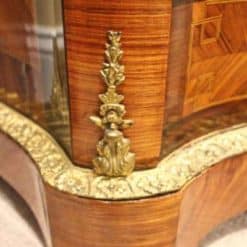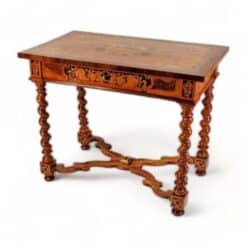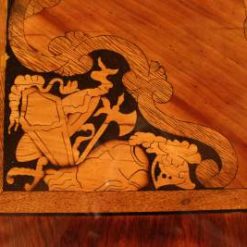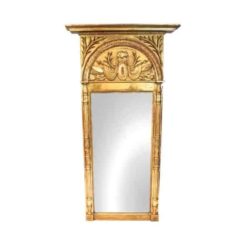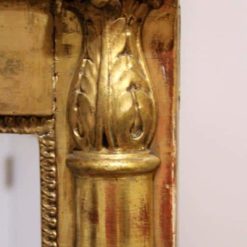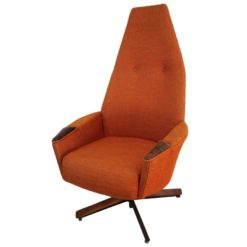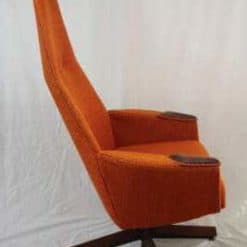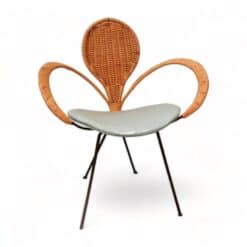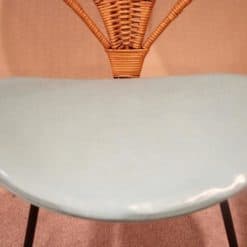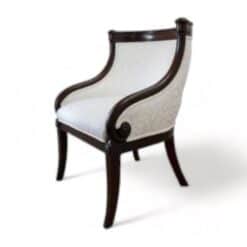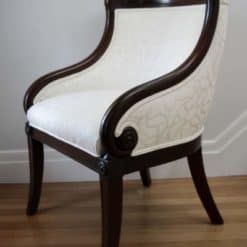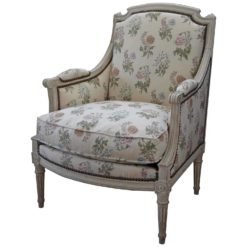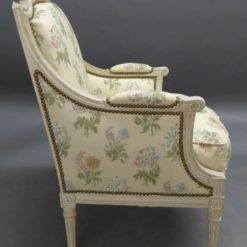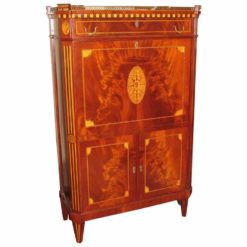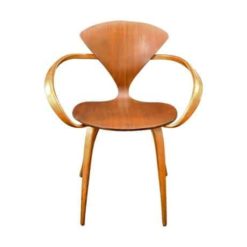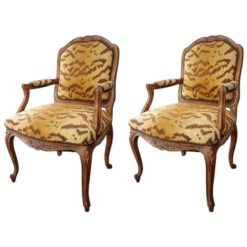Best Sellers
Styylish History
Fit For A King: The History Of Louis XIV Design
Louis XIV Furniture: History And Context
At the age of four, Louis XIV became King of France, although he didn’t rule until he was 23. His 72 years as king is one of the most notable in history.

Louis’s life as a child monarch was lavish. However, the many rebellions against his mother and chief minister ruling for him left a mark on his life.
Just as opulence and war are two themes that influenced the young king’s life, it also inspired the design of Louis XIV furniture.
The style of furniture that developed during this time is one of the hallmarks of Louis XIV’s reign.
Even while he lived, people regarded King Louis as one of the most renowned kings of his time. It is no surprise that the furniture reflected the absolute power associated with the Sun King.
Makers of beautiful furniture were direct servants of the king. These ébéniste used ornamental themes from mythology, flora, and fauna to appeal to his tastes. These became trademarks of Louis XIV’s design.
Interestingly, multiple-use furniture fell out of fashion. Instead, one-of-a-kind pieces designed for single purposes became the new trend.
Materials And Techniques
Louis XIV furniture referred sometimes as “the triumph of gilded wood.”
Pieces often were made from solid wood, either chestnut, walnut, or oak. Some were unadorned. But others were painted with vivid pigments like red, green, gilding, or silver.
While imposing, this style radiates an aura of majesty that is rare to find today.
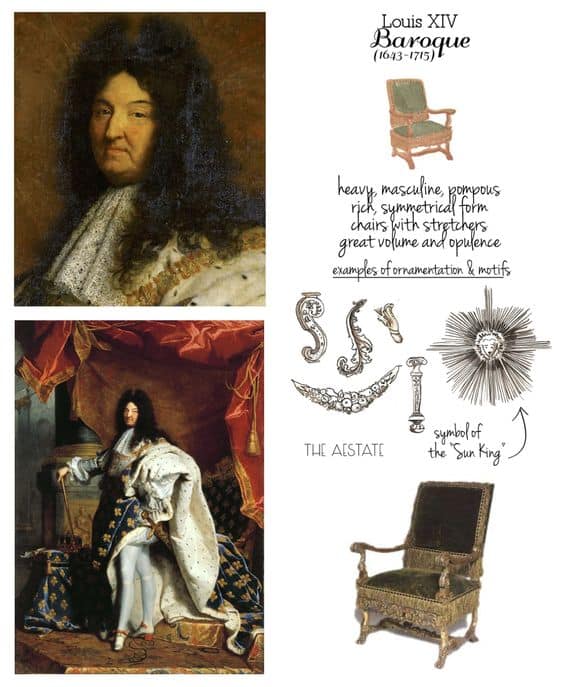
Characteristics of Louis XIV Furniture
From 1660-1690, Louis XIV furniture was predominantly massive and highly ornate, which mirrored his dominant power.
The thick embellishments on Loius XIV furniture are precise and symmetrical.
At the time, the custom was that any decorative piece should include a blend of straight lines and curves.
The result is a harmonious construction that balances rigidity and richness.
Adornments included symbols representing the Sun King, like gilded bronze ornamentation, the sun, and fleur-de-lis.
Additionally, subjects such as the faces of humans, gods, and mythological creatures were also common.
Chairs and Sofas
There is diversity in chairs from this period, whether it was a high-backed padded armchair or a footstool.
Louis XIV chair legs were as ornate as the rest of the piece, with straight, claw-like feet that did not meet at an angle. Stretchers were standard for connecting chair legs under the seat.
A group of two to three armchairs forming a sofa began to be used, as well as a new style of chair called the “confessional armchair.”
Upholstery made with sumptuous fabrics and designs covered seatbacks. Seats were rectangular. Armrests reached the edge of the chair.
Commodes and Chests
It was the era of Louis XIV when commodes emerged as fashionable items. These new commodes used two to four drawers, effectively replacing chests.
“En Tombeau,” or “a la Regence,” or three-drawer commodes, could be either straight or slightly curved.
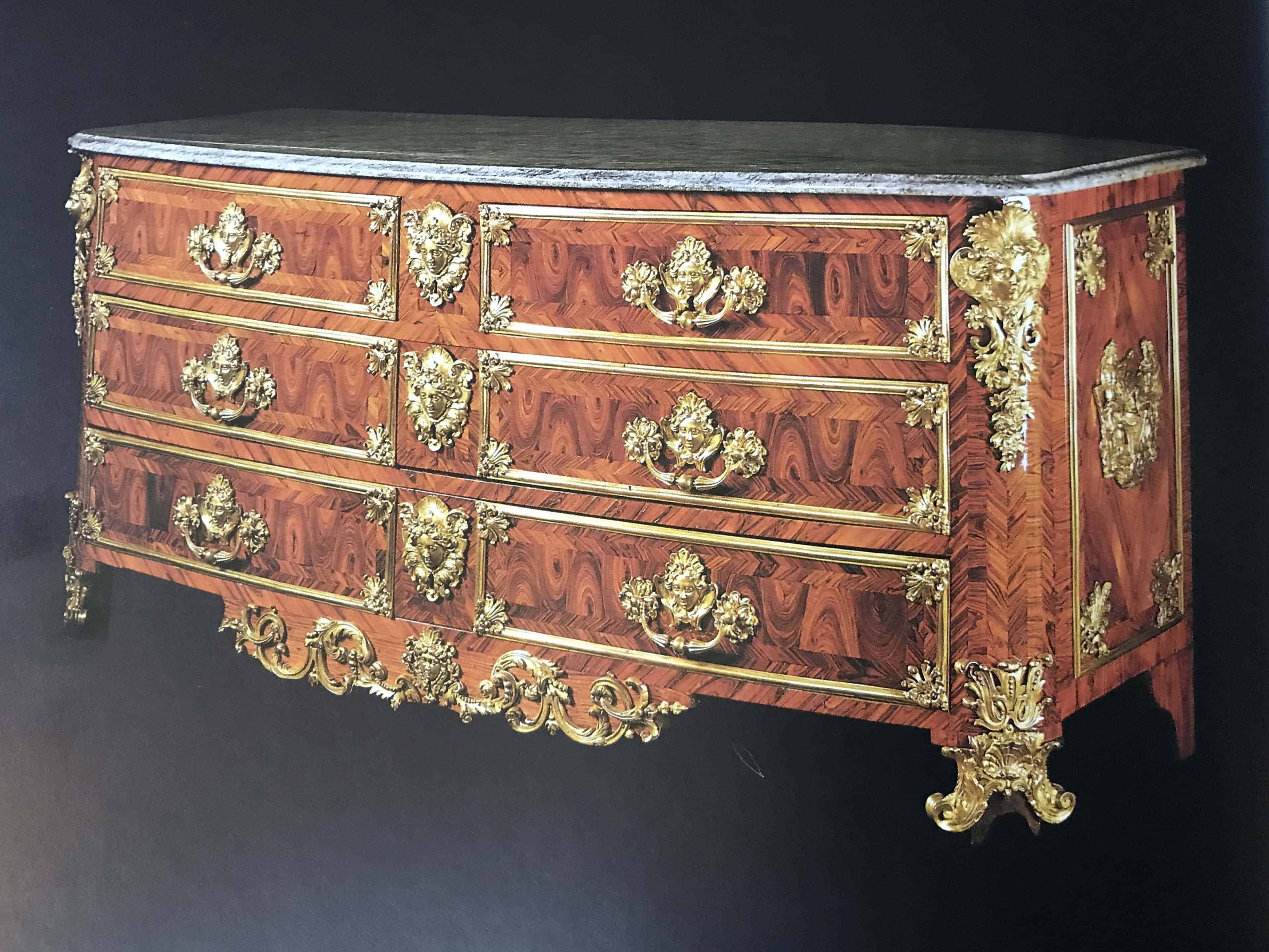 Source: Alexandre Pradere, French Furniture Makers
Source: Alexandre Pradere, French Furniture Makers
As commodes grew in popularity, so did the marble tops that topped them. The marble copied the shape of the furniture’s body, whether it was straight or curved.
These fashionable new items included drawers of different sizes. Some had two larger ones on the bottom of the piece while others had one or two smaller ones at the top.
Brass hardware shaped like scrolls separated drawers. These pulled from classic styles in Greek and Roman architecture.
Mounted on drawers, tow handles, and middle pieces were gilt bronze fittings, which looked like flowers or leaves.
Towards the end of the Louis XIV period, two drawer commodes began to become more favorable items.
Some believe that Andre Charles Boulle, who experienced great success during the Louis XV reign, designed the two-drawer commode.
Desks
Console tables, writing tables, and desks also saw heightened popularity among the wealthy. Tables designed explicitly for holding dishes, called table à gibier also emerged.
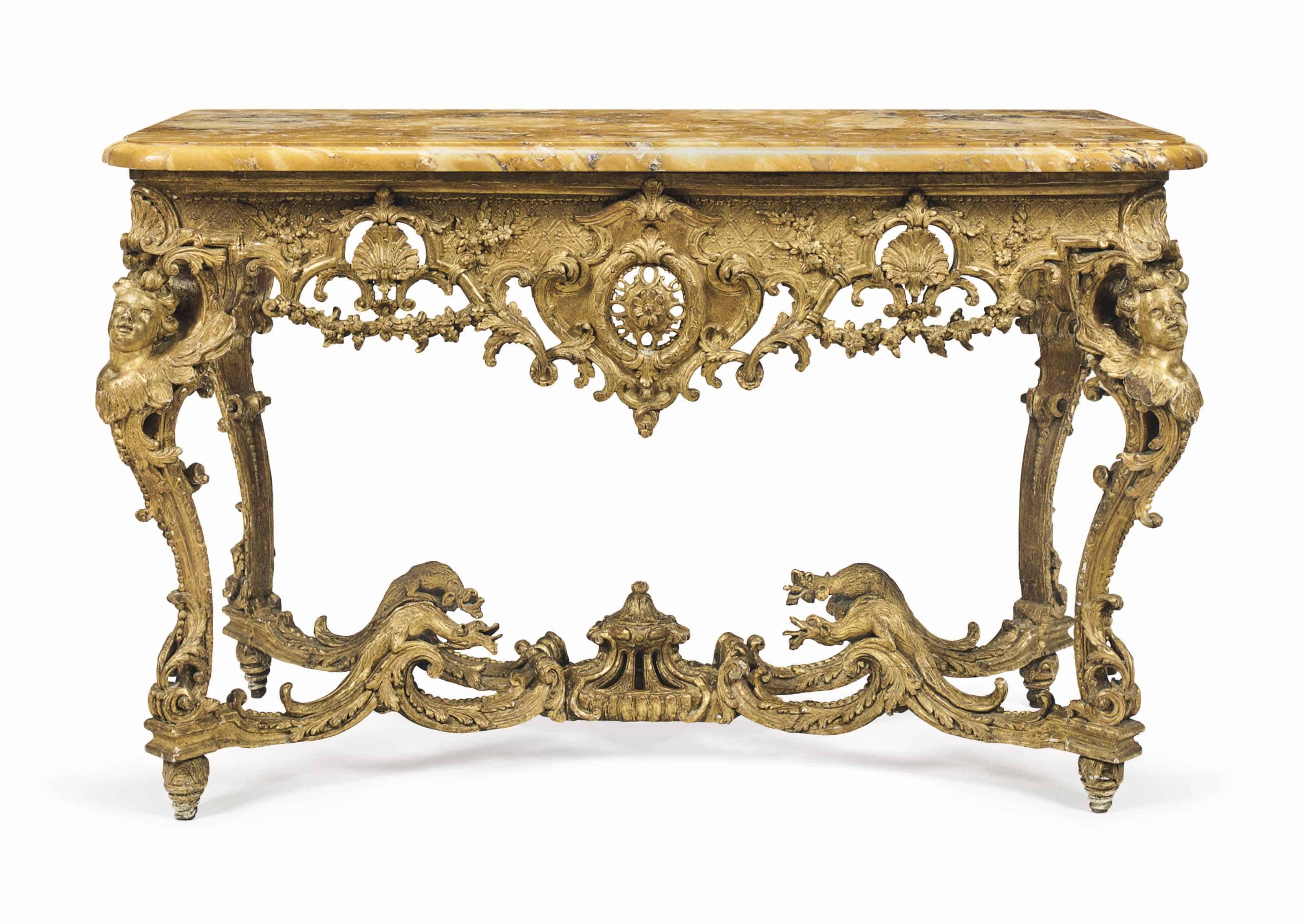
Source: Christie’s.com
Console tables were kept against walls. In typical Louis XIV fashion, decorations of giltwood and more adorned the three visible sides. Heavy marble often topped them.
Boulle’s influence is evident in much of the decoration and marquetry on the tables and desks.
Like the chairs that debuted during this time, stretchers connected the legs of console tables.
Console tables presented designers with more freedom for embellishing. Ornaments such as flora, dragons, shells, and diamonds frequently cover these tables.
As the royal court relocated into the Palace of Versaille, center tables, side tables, and card tables became important pieces for both decoration and purpose.
The Bureau Mazarin
Another desk that appeared was the bureau Mazarin, named after Cardinal Mazarin. He assisted with the rule of the country as Chief Minister of France when Louis XIV was young.
Mazarin brought many Italian artists and cabinetmakers to France, and their work profoundly influenced the styles of this time.
This forerunner to the pedestal desk had two rows of drawers or three rows of smaller drawers. It had eight legs with cross braces between them, making two Xs on each end.
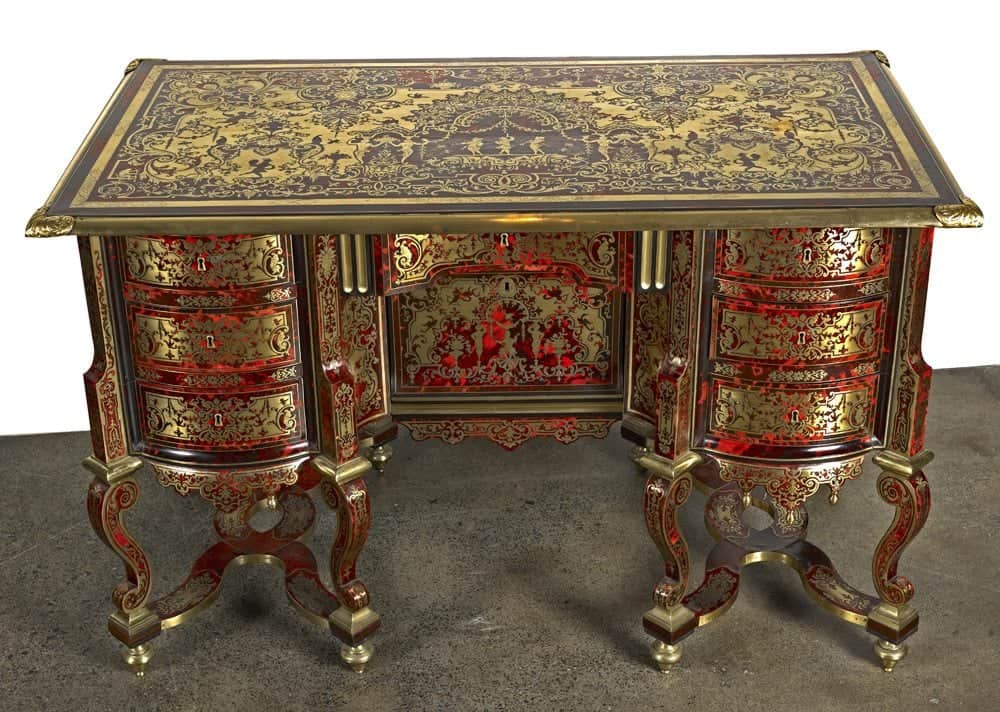
Source: https://www.thecultureconcept.com/bureau-mazarin-at-martyn-cook-antiques-the-art-of-boulle
The space beside the knee functioned as an extra place for storage, which could be locked for safekeeping.
Also known as kneehole desks, those who used the bureau Mazarin sat sideways, keeping one knee under it.
This design served a practical purpose. Sword-wielding noblemen almost exclusively owned these desks. Often, their weapons would get in the way of sitting comfortably. This design made sitting at a desk more convenient.
The bureau Mazarin’s use was primarily as a dressing table instead of a writing desk, which was common practice at this time.
Not only that but the bureau Mazarin was something that only aristocrats could afford, which made it a status symbol.
Notable Louis XIV Designers
The Royal Furniture Manufactury was founded in 1667, ran by Jean Charles Lebrun. He laid the foundation for the first generation of Louis XIV pieces. These items eventually gained recognition for their bulky yet extravagant designs.
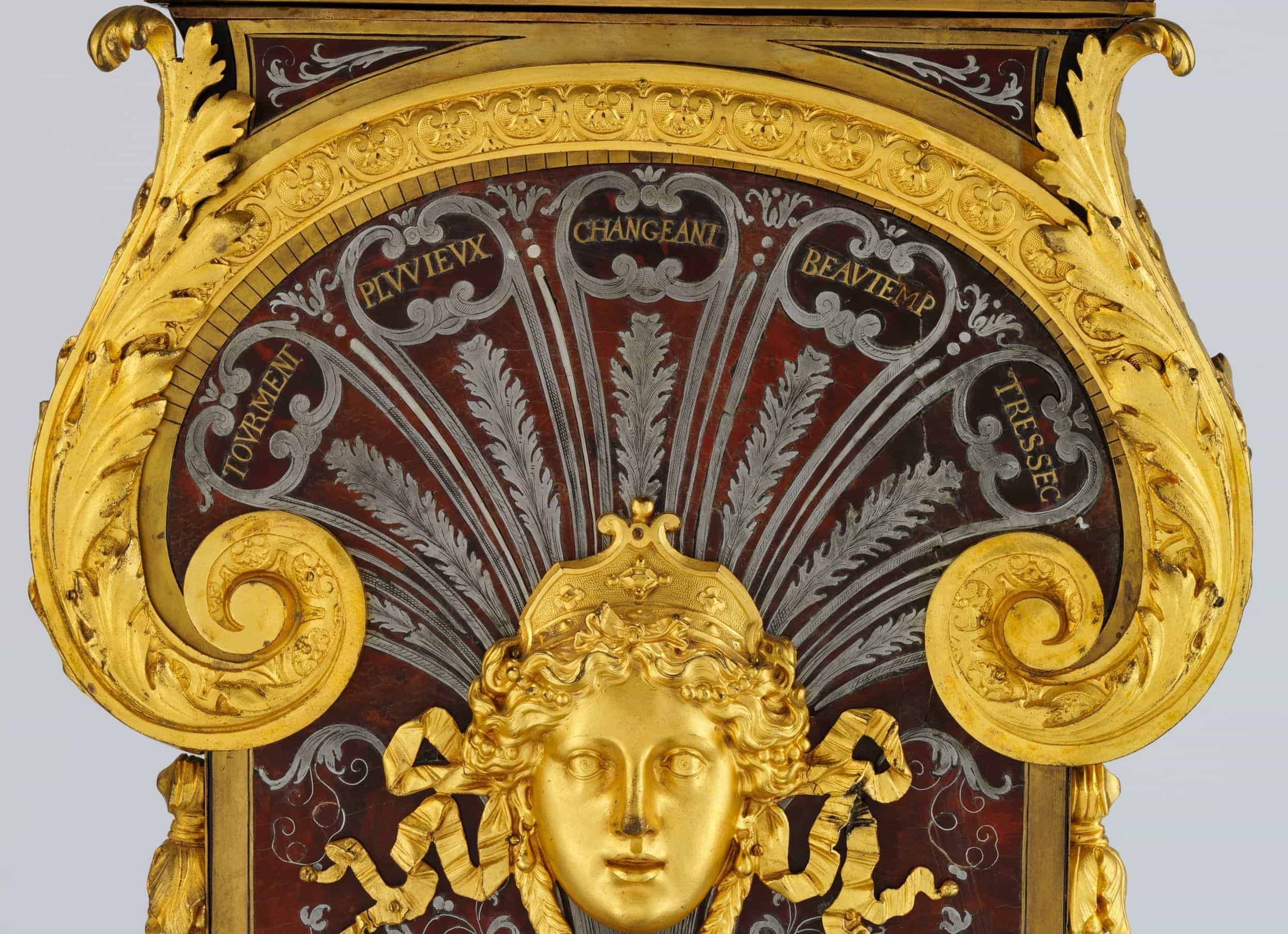
One of the biggest influences on Louis XIV, however, was Andre Charles Boulle. With his influential designs, Louis XIV furniture became lighter and more refined after 1690.
15h-century Florence was the birthplace of marquetry, but Boulle’s reinvention made it a trademark in Louis XIV furniture. His marquetry incorporated exotic materials, including ebony and rare woods.
Boulle started a trend of fabricating intricate designs by inlaying furniture with thin plaques of ebony, copper, mother of pearl, tortoiseshell, and rare woods.
Another famous ébéniste of the time was Charles Cressent. The curved outlines of his furniture greatly influenced the Louis XIV style, but truly took off during the reign of Louis XV.
Find Your Newest Antique With Styylish
Styylish is your place for antique furniture. From neoclassical, baroque, and so much more, be sure to check out the Shop and ask our expert dealer about any questions you may have.
Read our Blog for ideas and find your inspiration!

